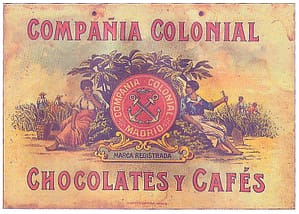
07 Oct food choices and non-cognitive decision making
I read a very interesting paper today, about how people make decisions about their food choices. To summarise, eating behaviours are automatic and rely on heuristic or non-cognitive processing. Heuristic means to solve a problem based on experience based techniques. The result of which, can be sub optimal.

Rapid decision making
People make decisions about food choices very rapidly, in a matter of milliseconds, so studies show. When decisions are made that rapidly, they are guided by the sensory or heuristic cues in the environment, rather than a complex decision making process, taking into account, price, the health content of the food, convenience, familiarity etc.
Cognitive overload
Also, interestingly, we are more likely to throw out cognitive decision making about foods that we consume if we are cognitively challenged with another process. Say that we are at work, and we are concentrating on a problem, our brains will not provide the resources to make a cognitive decision about food, and so we will make snap, intuitive decisions.
This kind of heuristic processing usually leads to consumption of foods that are higher in fat, sugar or salt. Due to the fact that these factors appeal more to our sensory systems. Energy dense food appeals to our sense of evolution, which aims to consume higher energy food in case food supply becomes scarce at some point later on.
Food advertising

This kind of non-cognitive thinking is effortless, compared to the cognitive style of decision making, and most of our daily decision making is based on this style.
In these days of excessive information, we are so saturated with information that our brains don’t have time or energy to make decisions, at least often not in restaurants or other environments eating away from home.
Reference
Cohen DA, Babey SH Contextual influences on eating behaviours: heuristic processing and dietary choices. Obes Rev. 2012 Sep;13(9):766-79


No Comments